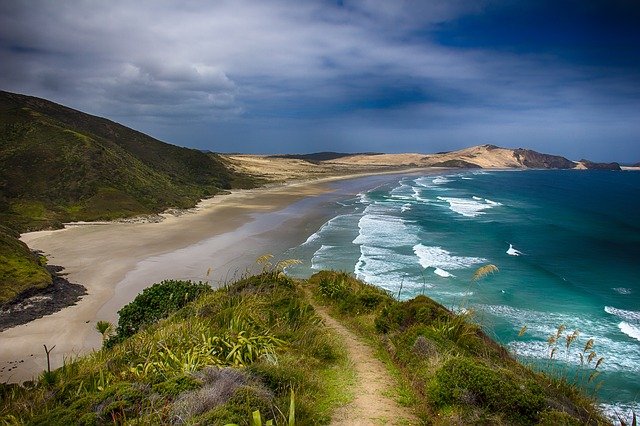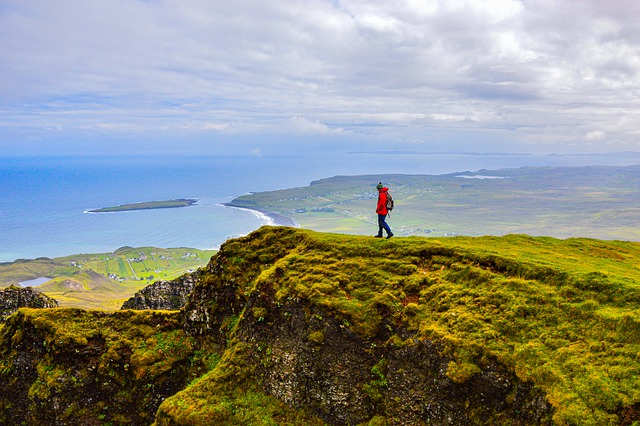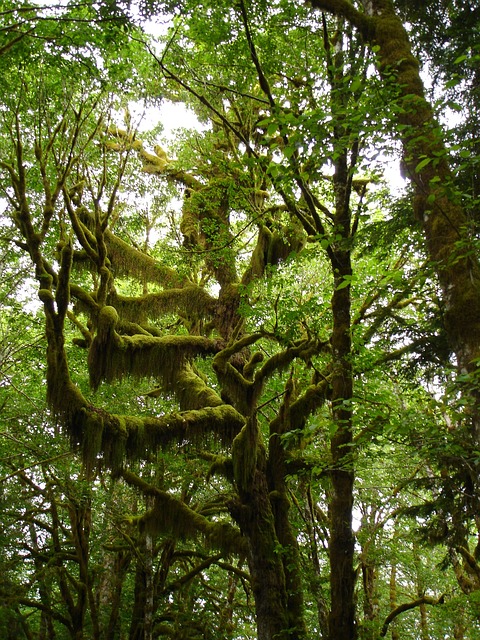Dr. Gabor Maté, world authority on trauma and addiction, has produced a film titled The Wisdom of Trauma. In the film, he draws on his research, his own experience of trauma as a child of the Holocaust and the addiction and trauma stories of others. Through this wealth of evidence, he challenges several prevailing myths about the nature of trauma and addiction. For instance, he maintains that addiction is not just an inherited illness nor is it a basis for blaming an individual. He takes a more compassionate approach and suggests that we need to understand the true nature of trauma and addiction.
In essence, Gabor maintains that trauma is not external catalytic events such as adverse childhood experiences or adult traumatic events. In his view, trauma is what happens internally, not externally. Fundamentally, trauma is the “resultant dissociation from self” that occurs for the individual. Gabor describes this as a “loss of authenticity” in that the traumatised individual can no longer access their intuition or gut feeling and as a consequence tend to engage in self-destructive behaviours such as addictions in different forms including alcoholism, drug addiction, workaholic behaviour, or addiction to sex or shopping. These injurious behaviours are a form of escape designed to avoid personal feelings that are too painful to face.
The traumatised person loses the capacity to deal with their emotions and seeks diversions that they hope will bring freedom, a renewed self-esteem, a sense of completion or aliveness – which are all legitimate pursuits of healthy humans. So the addiction is a way of solving their fundamental problem – a basic disconnection from their real feelings. The addictions do not bring freedom or wholeness but serve as an imprisonment and deepen the feelings of hollowness and meaninglessness.
Gabor contends that for the traumatised person, their healthy orientation has never been expressed in life through meaningful relationships. He argues that we have to see addiction as a response to trauma and look beyond its external manifestations and “see the wound that is right inside that person”. Gabor encourages us to look beyond “what is wrong with a person” to what has happened to them in their life, including their early childhood. His compassionate approach is spellbindingly expressed in his book, In the Realm of Ghosts: Close Encounters with Addiction.
Recovery from trauma and addiction
Gabor illustrates through his film and books, amazing stories of recovery from addiction. He shows that the wisdom that lies in trauma is awareness of how our response to everyday interactions throws light on our fundamental traumatised thinking such as “I am not worthy of respect” or “I am not lovable”. Gabor asserts that recovery from trauma and addiction requires “compassionate inquiry” that enables a person to face their fear, let the truth inside themselves out into the light of day, and gain insight into the drivers of their behaviour, including their distorted worldview.
He illustrates how addiction and healing were manifested in his own life. His trauma experience as a child during the Holocaust, hiding with his mother and being passed over to others for safe keeping, led to his belief that “the world doesn’t want me”. He realised with the help of the compassionate assistance of his wife, that his workaholic behaviour as a specialist medical doctor was designed to “to make himself needed”. The continuous affirmation of his contribution to peoples’ health and wellness served as personal validation and cemented his addictive behaviour.
Reflection
Gabor demonstrates that if we do not address the fundamental problem of dissociation from our feelings, we will not be able to achieve recovery from our trauma and associated addiction. Trauma has a way of surfacing in distorted perceptions and inappropriate, sometimes high risk-taking, behaviours.
Gabor suggests that each of us examine situations where our response to some stimulus leads to an over=reaction on our part, e.g. when a waitress tells us we cannot change a menu item or a tradesperson does not turn up when they promised. He encourages us to look beyond our reaction to the personal belief that is being played out, e.g. “I am not good enough for people to pay attention to my needs”. He would encourage us then to explore what traumatic event(s) led to this fundamental self-belief. In the film, he illustrates this process by sharing part of his podcast interview with Tim Ferriss where he explores Tim’s self-belief (“I am not worthy of respect”) deriving from adverse childhood experiences.
As we reflect on our life and our responses to everyday events, we can grow in mindfulness and develop increased self-awareness, insight and self-compassion. We can also enhance our empathy for others who are addicted and develop the courage to take compassionate action, inspired by the work of people like Gabor, who with Vicky Dulai, founded the Compassion for Addiction group.
___________________________________________
Image by Jubair Bin Hasan from Pixabay
By Ron Passfield – Copyright (Creative Commons license, Attribution–Non Commercial–No Derivatives)
Disclosure: If you purchase a product through this site, I may earn a commission which will help to pay for the site, the associated Meetup group, and the resources to support the blog.









